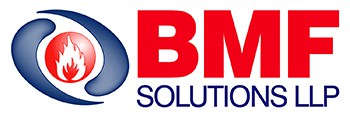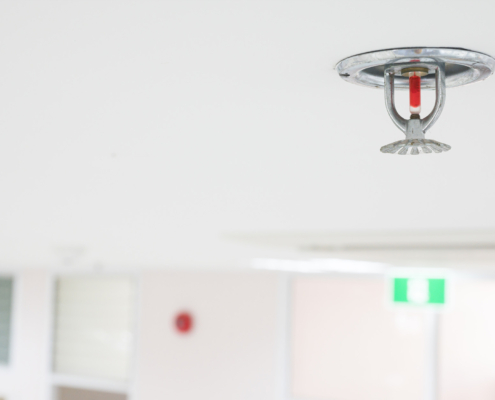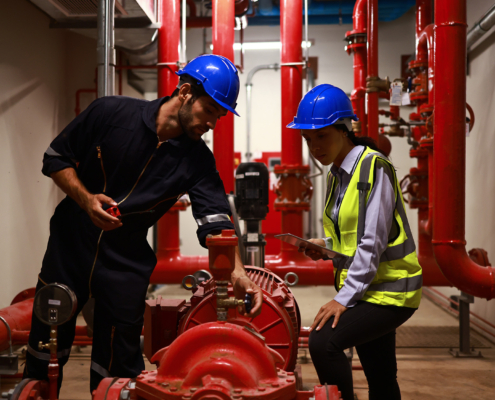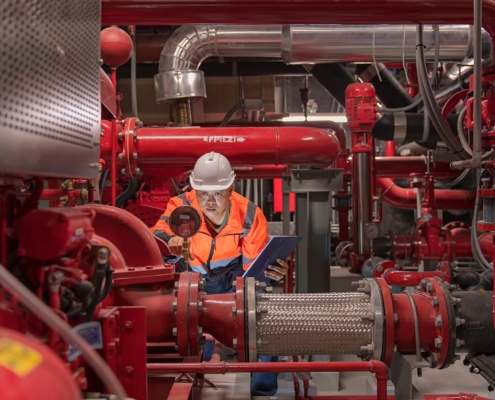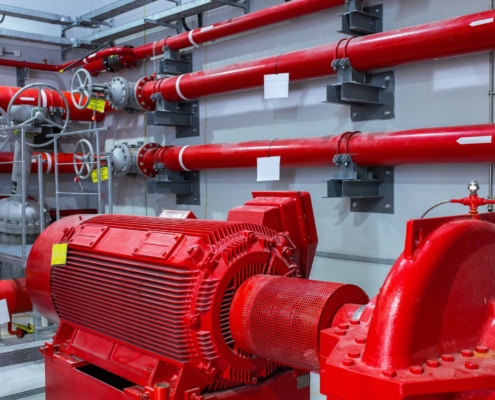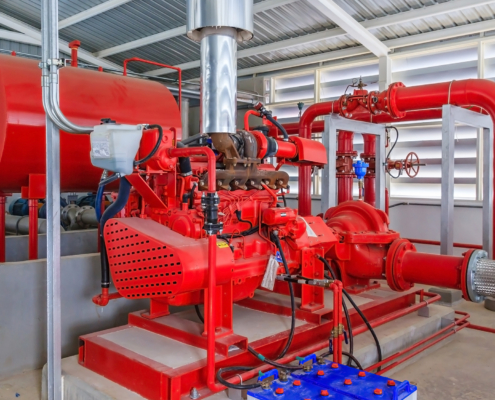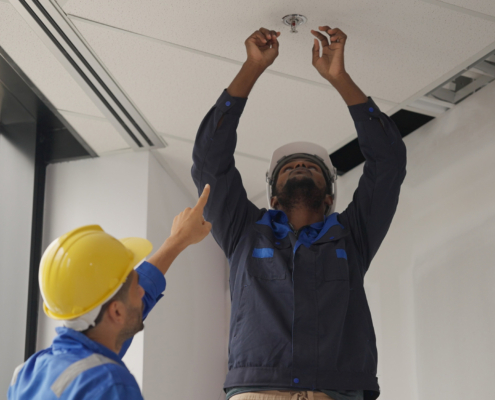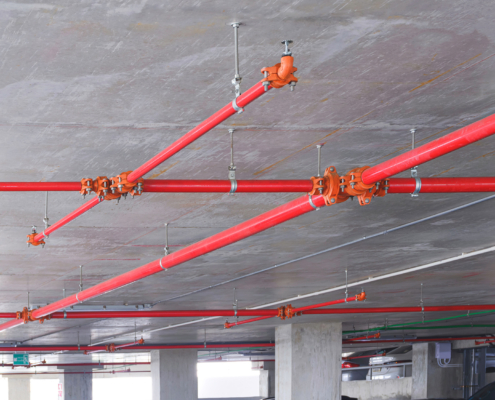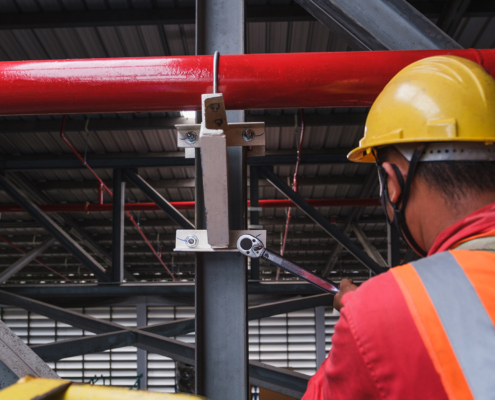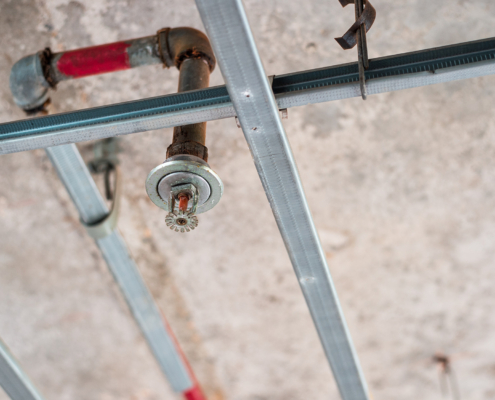In addition to national standards and codes, local building and fire codes may also have specific requirements for fire standpipe systems. It’s important to consult these codes and regulations to ensure compliance with local requirements.
Local building and fire codes are critical supplements to national standards and regulations, often tailored to address unique regional considerations and hazards. These codes outline specific requirements and guidelines for various aspects of fire safety, including installing, maintaining, and operating fire standpipe systems.
Unlike national standards, local building and fire codes are formulated based on geography, climate, urban density, and infrastructure. As a result, they may include more stringent or customized provisions to address localized risks and challenges.
For instance, in areas prone to earthquakes, local codes may mandate additional seismic bracing or reinforcement for standpipe systems to ensure their stability during seismic events. Similarly, regions with extreme weather conditions, such as hurricanes or wildfires, may have specific requirements for fire suppression systems to enhance resilience against natural disasters.
